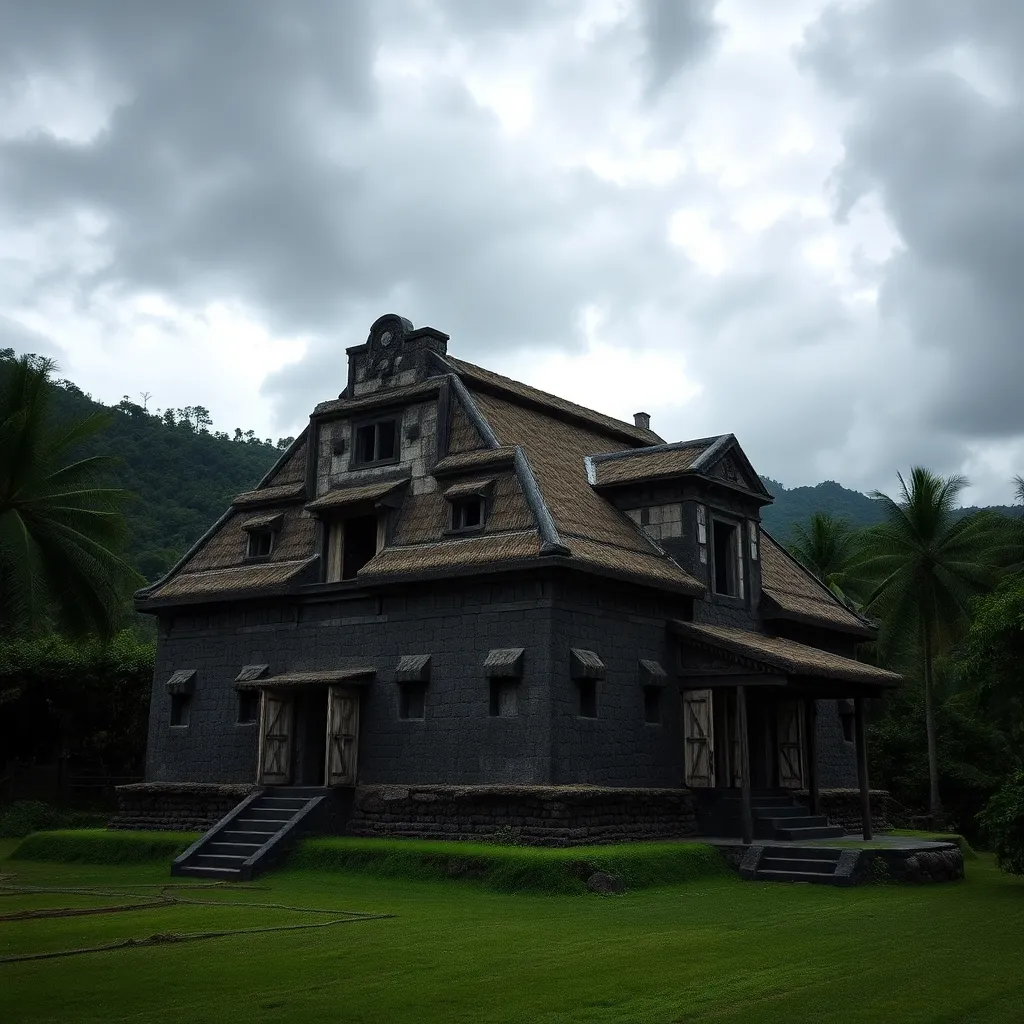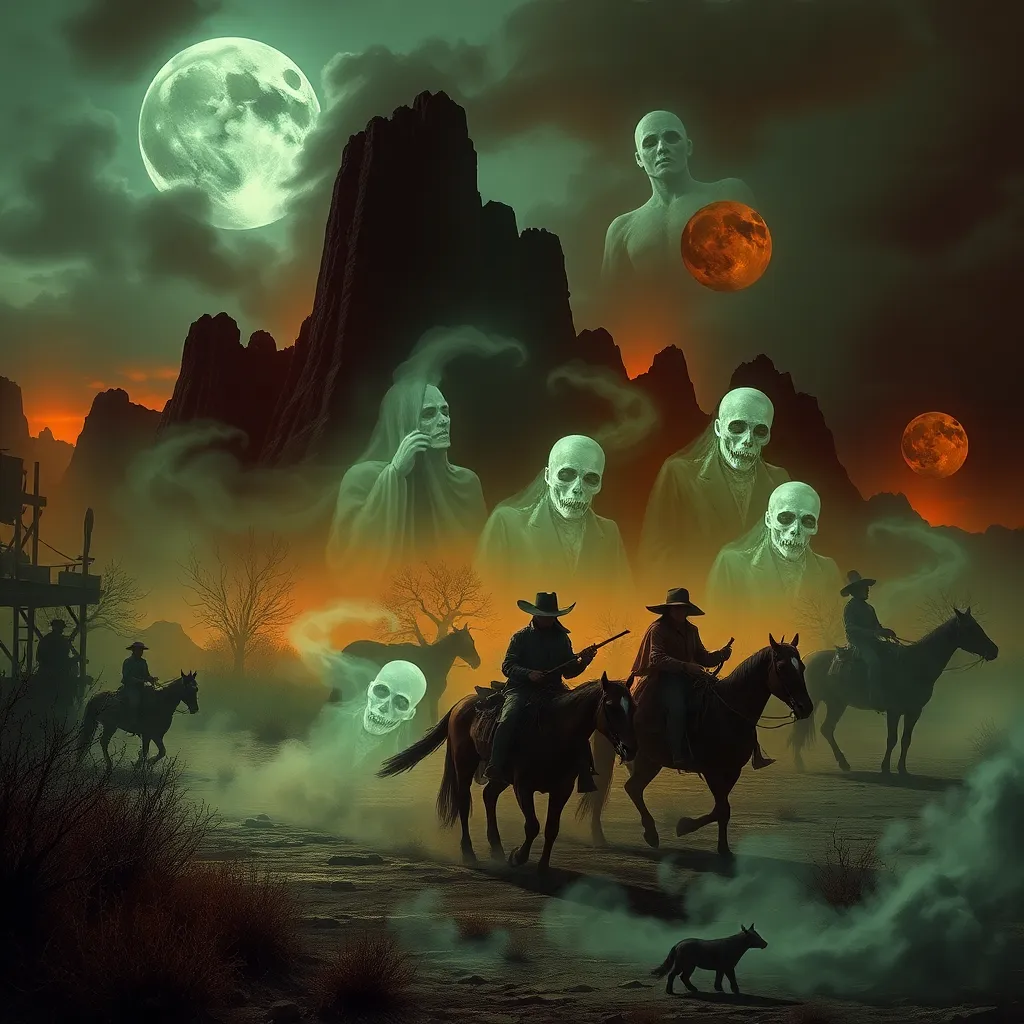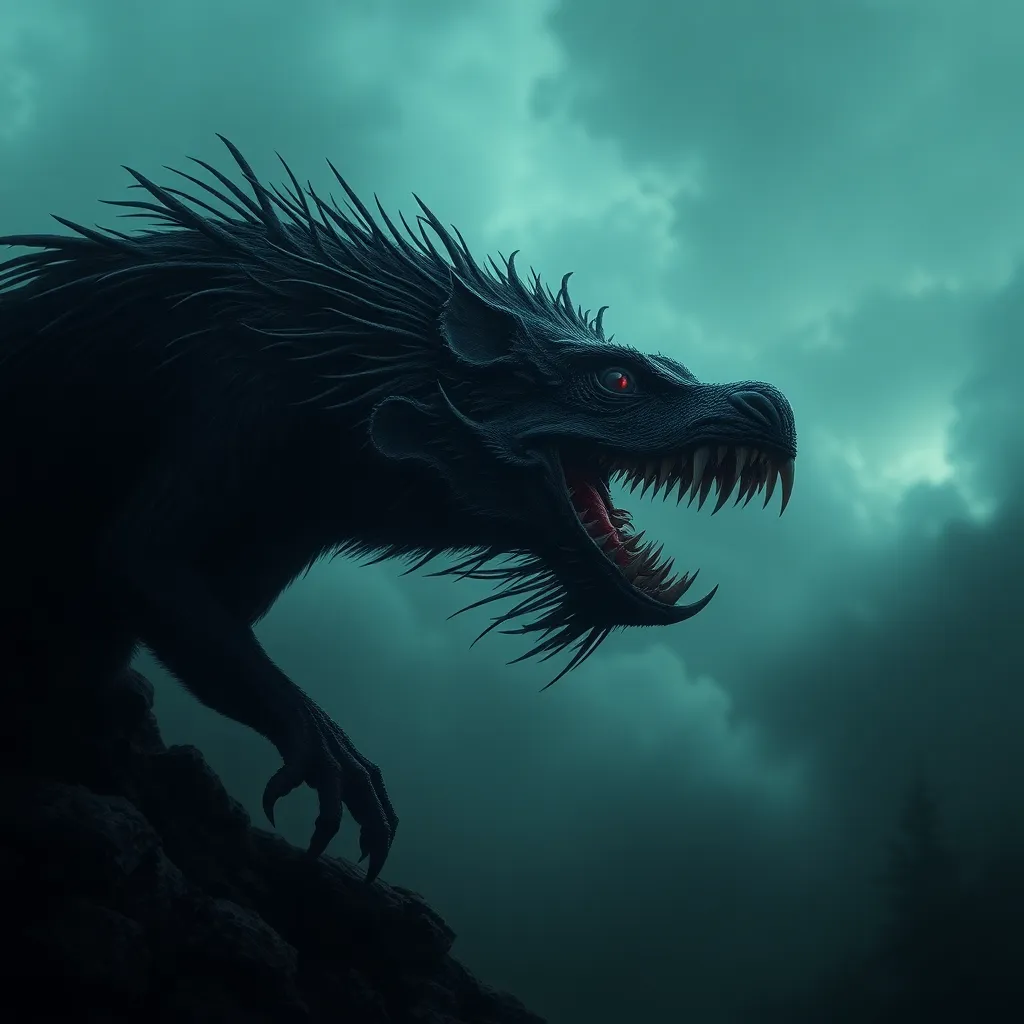The Haunted Houses of the Incan Empire: The Malevolent Supay
I. Introduction
The Incan Empire, known for its advanced civilization, sprawling architecture, and rich cultural tapestry, dominated the Andean region from the early 15th century until the Spanish conquest in the 16th century. Its profound influence on agriculture, architecture, and spirituality continues to be a source of fascination. Central to Incan belief was a pantheon of gods, among which Supay, the god of death and the underworld, held a significant position. This article explores the haunted houses associated with Supay, delving into the mythology surrounding him and the cultural implications of haunted spaces within Incan society.
II. The Mythology of Supay
Supay, often depicted as a malevolent spirit, was not merely a god of death but also a ruler of the underworld, known as Uku Pacha. Incan mythology presents Supay as a complex figure, embodying the duality of death as both an end and a transformation. His origins can be traced back to the pre-Incan societies, where he was revered and feared as a powerful deity.
In Incan belief systems, Supay’s connection to the afterlife was profound. The Incas believed that after death, souls would journey to Uku Pacha, where they would meet Supay. This journey was not seen as a mere descent into darkness; rather, it was viewed as an essential passage that influenced how the living honored their deceased. Supay’s influence permeated daily life, as rituals and offerings were often made to appease him and ensure safe passage for the departed.
III. The Concept of Haunted Houses in Incan Culture
Haunted houses in Incan culture are spaces imbued with spiritual significance. These locations are often believed to be inhabited by the spirits of the deceased, particularly those who have not found peace. The concept of haunted spaces reflects the Incas’ understanding of the interconnectedness of the physical and spiritual worlds.
Historical accounts abound regarding haunted houses linked to Supay, with many stories passed down through generations. Such locations were often seen as liminal spaces, where the boundaries between the living and the dead blurred. The interplay between spirituality and physical spaces created a rich tapestry of beliefs and practices that shaped Incan society.
IV. Notable Haunted Locations in the Incan Empire
Several prominent sites within the Incan Empire are believed to be haunted, each with its unique legends:
- Machu Picchu: This iconic site is not only known for its breathtaking beauty but also for tales of wandering spirits and encounters with Supay. Visitors often report feelings of unease in certain areas, suggesting the presence of the supernatural.
- Ollantaytambo: A site of strategic importance, Ollantaytambo is steeped in history and haunted legends. Locals speak of apparitions and ghostly figures that roam the ancient streets, attributed to the unsettled spirits of the past.
- Cusco: As the former capital of the Incan Empire, Cusco is a hub of history and spirituality. Numerous haunted locations within the city, including ancient ruins and colonial buildings, are believed to harbor the spirits of the Incan ancestors and Supay himself.
The legends surrounding these locations are rich and varied, often recounting stories of encounters with the supernatural that leave visitors both intrigued and unsettled.
V. The Role of Rituals and Offerings
The Incas practiced various rituals to appease Supay and the spirits associated with haunted houses. These rituals were essential in maintaining harmony between the living and the dead:
- Offerings: The Incas frequently made offerings of food, drink, and even ceremonial items to Supay, believing that such gestures would ensure favor and protection.
- Rituals: Special ceremonies were conducted in haunted houses, often involving the community gathering to honor the spirits and seek their guidance.
The impact of these rituals on community beliefs and behaviors was profound. They fostered a collective memory of the past and reinforced the importance of honoring the deceased, creating a sense of continuity between generations.
VI. Modern Interpretations and Cultural Impact
Today, contemporary society views the haunted houses of the Incan Empire through various lenses. These locations have become focal points for tourism, drawing visitors eager to explore the mystical and the macabre. The legends surrounding these haunted sites have enriched local folklore, blending history with the supernatural.
Furthermore, Supay’s representation in modern media and literature often highlights the themes of death, the afterlife, and the spiritual struggles faced by individuals. This cultural impact resonates with a global audience, reflecting the enduring fascination with Incan mythology.
VII. The Legacy of Supay and Haunted Houses Today
The legacy of Supay continues to hold relevance in contemporary Andean culture. As communities strive to preserve their cultural heritage, the legends of haunted houses and the practices associated with Supay remain integral to local traditions.
Efforts to preserve historical sites linked to Supay have gained traction, with local governments and organizations recognizing the importance of these locations in cultural identity. The persistence of haunted house legends serves as a reminder of the rich tapestry of Andean spirituality and the complexities of life and death.
VIII. Conclusion
In summary, the exploration of the haunted houses of the Incan Empire reveals a deep connection between mythology, spirituality, and cultural practices. The figure of Supay, as the god of death, embodies the complexities of the Incan worldview, influencing not only their beliefs about the afterlife but also their interactions with the physical spaces around them.
The enduring fascination with the Incan Empire and its haunted houses invites us to explore and respect the rich cultural heritage of the Andes. As we continue to uncover the stories of the past, we gain a deeper understanding of the spiritual legacies that shape the identities of modern Andean communities.



